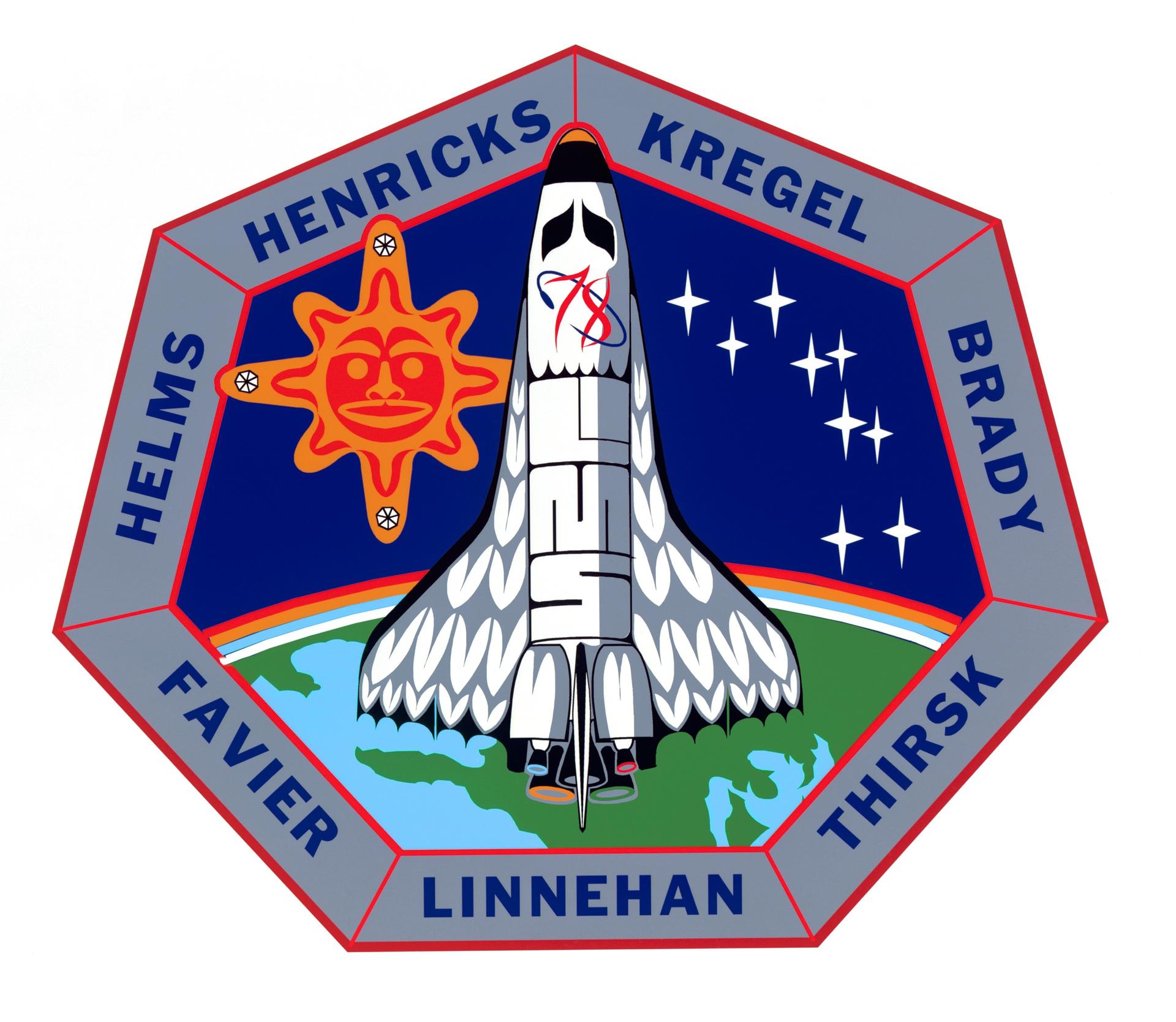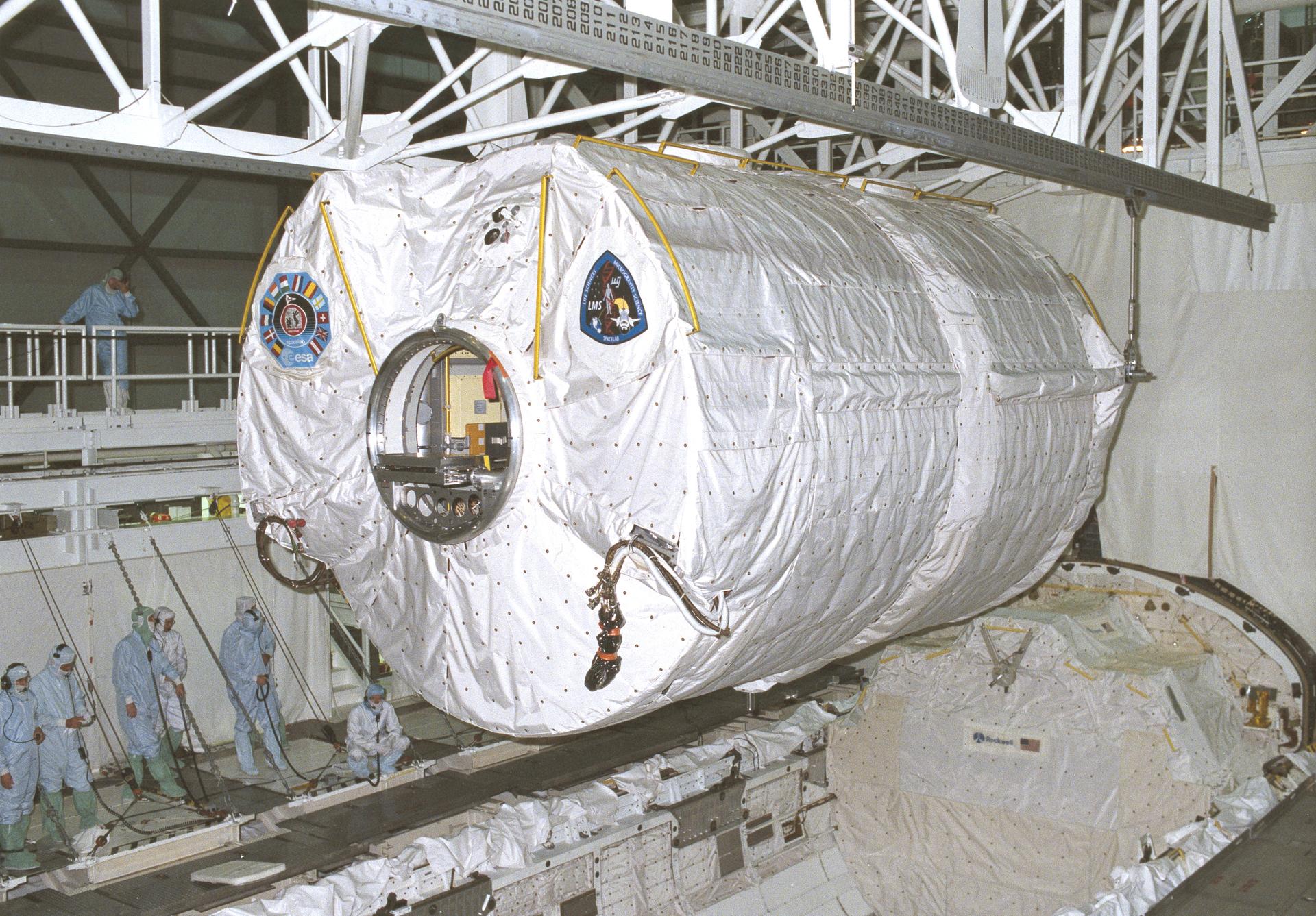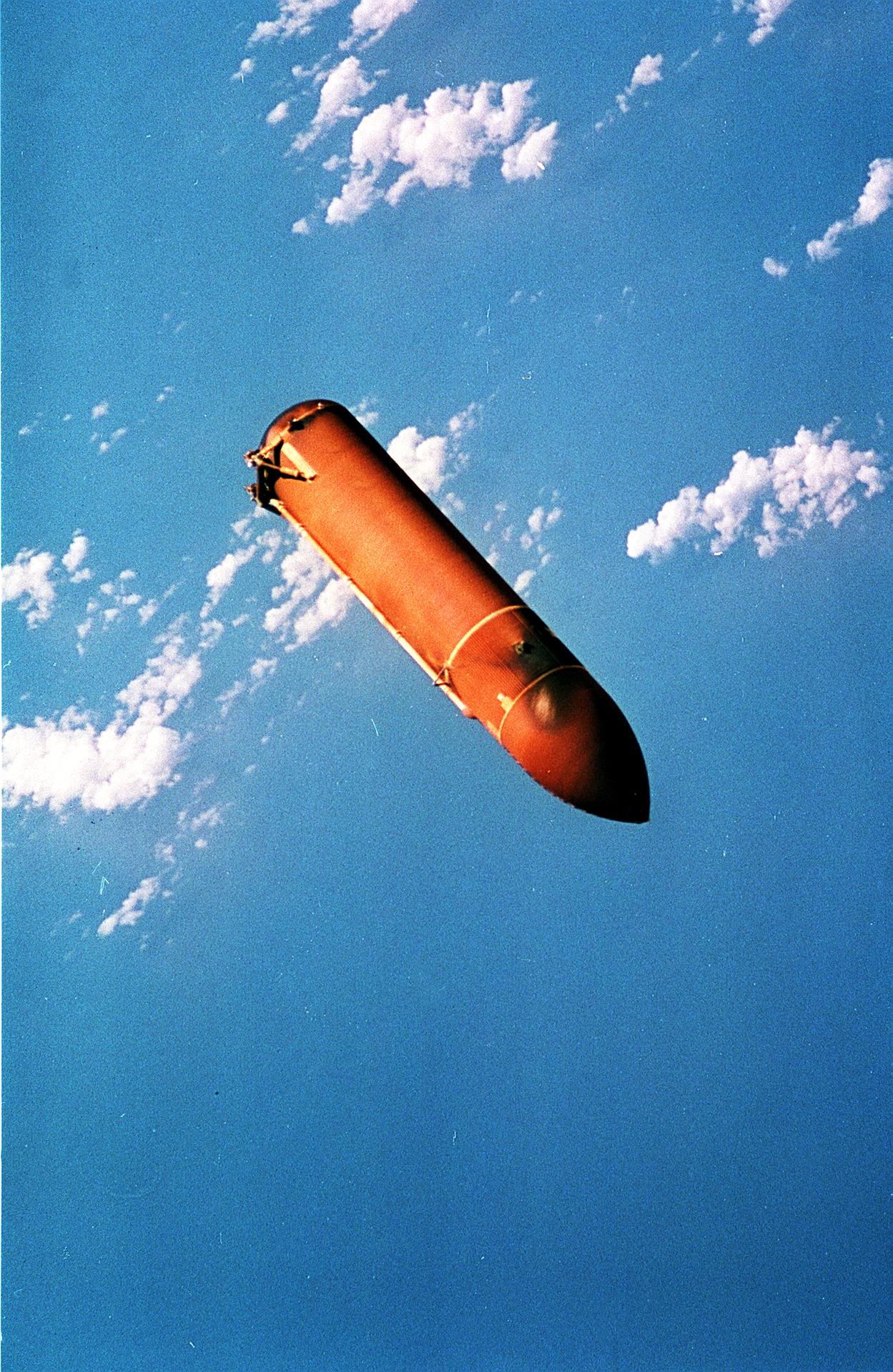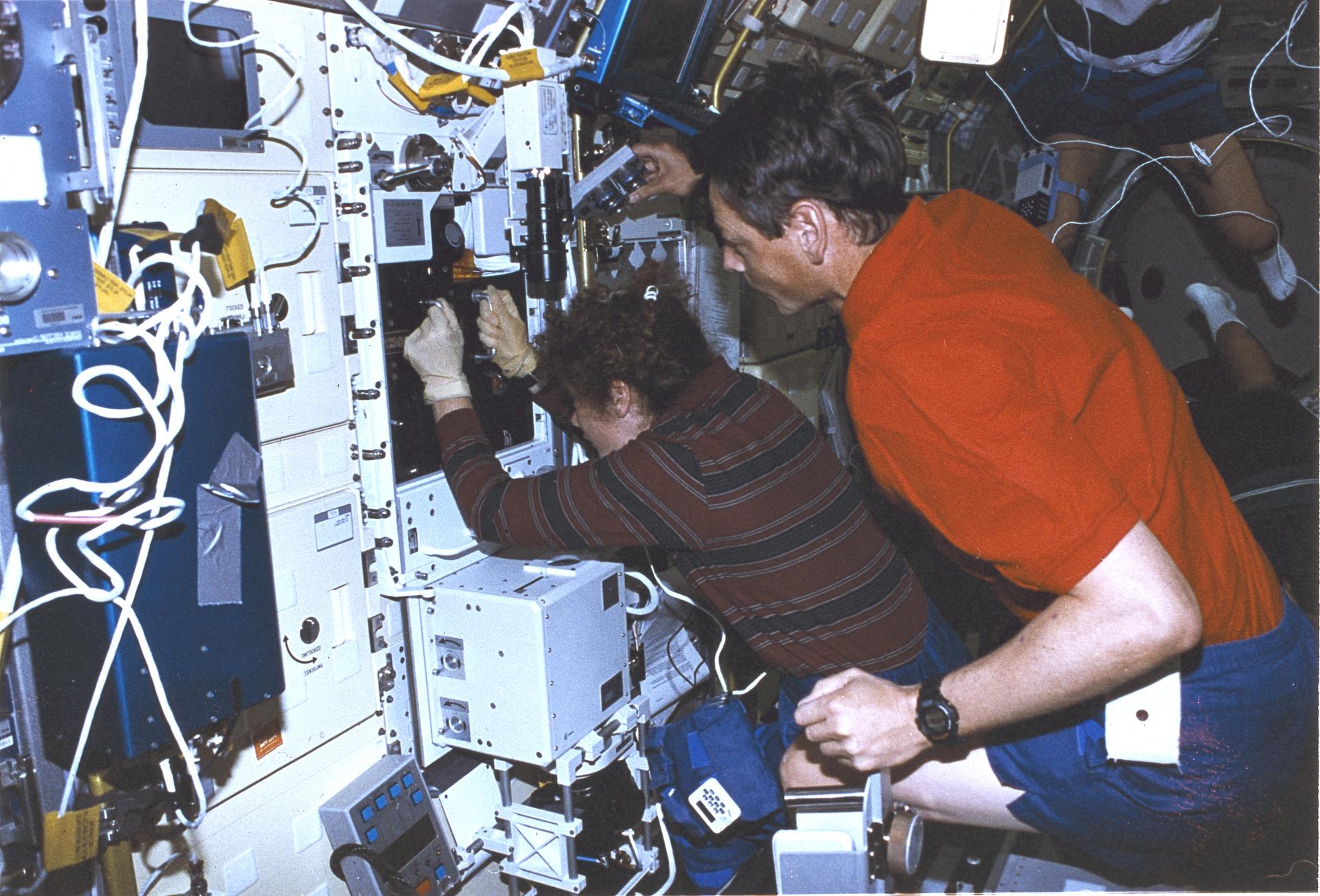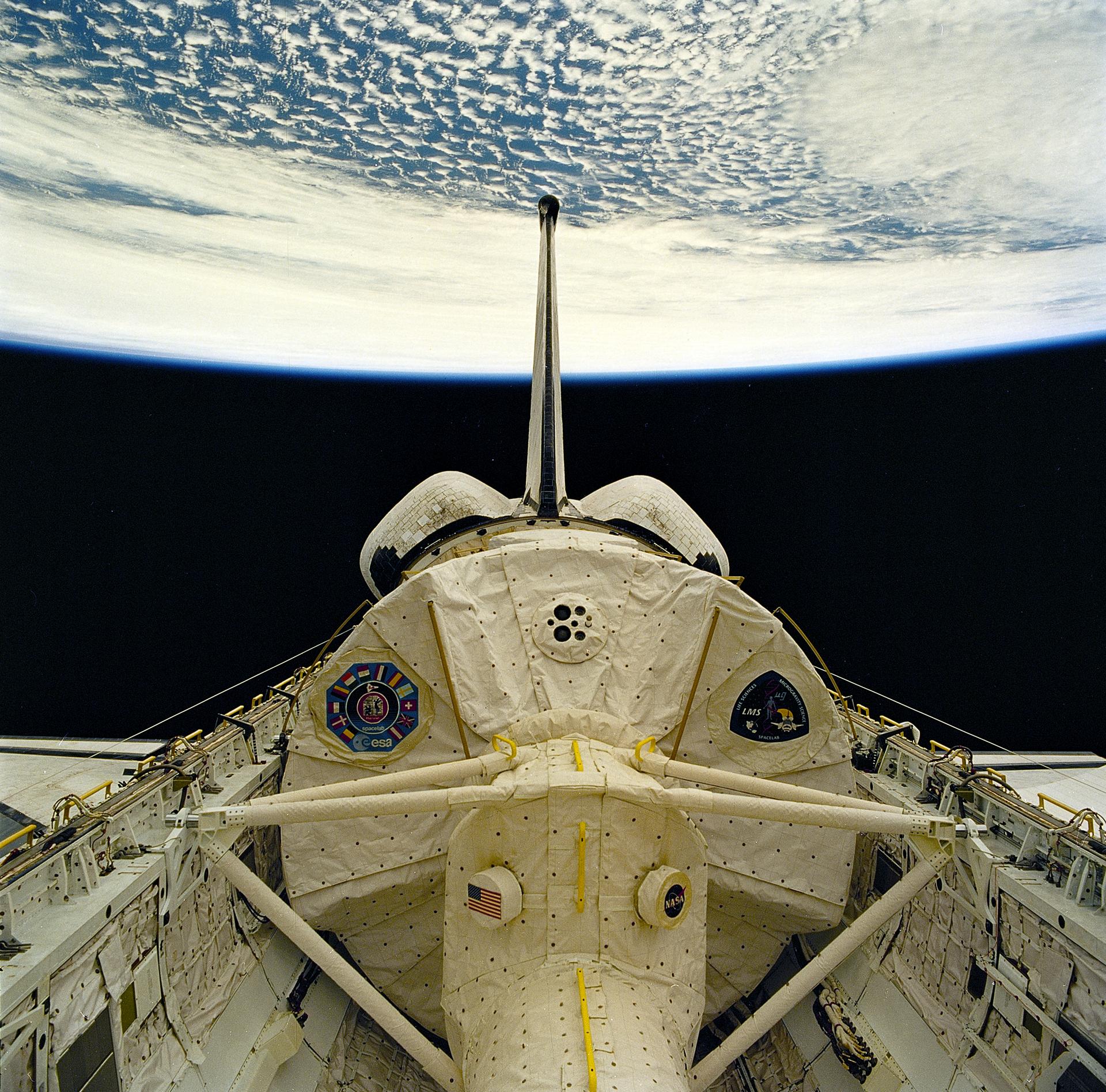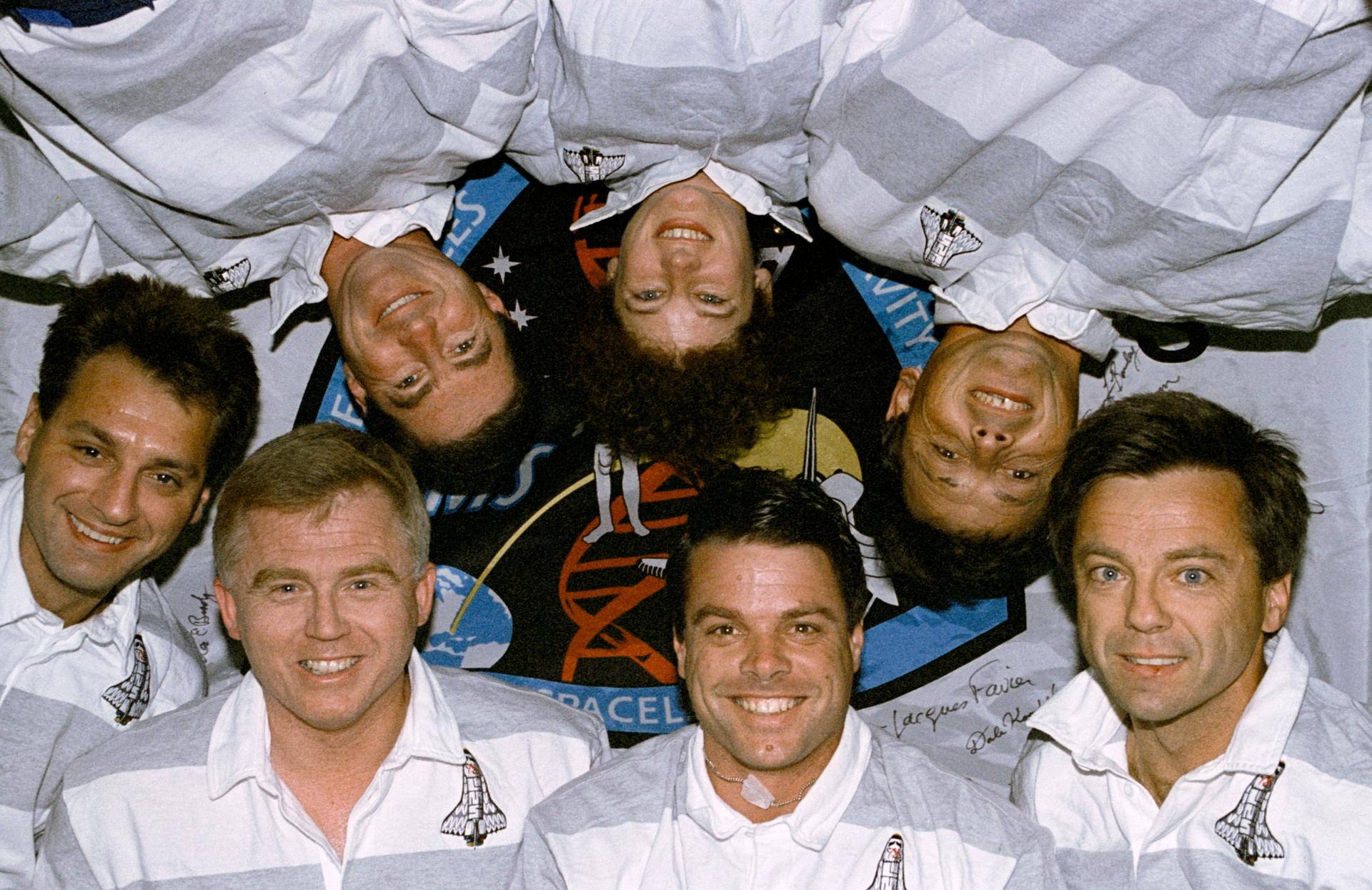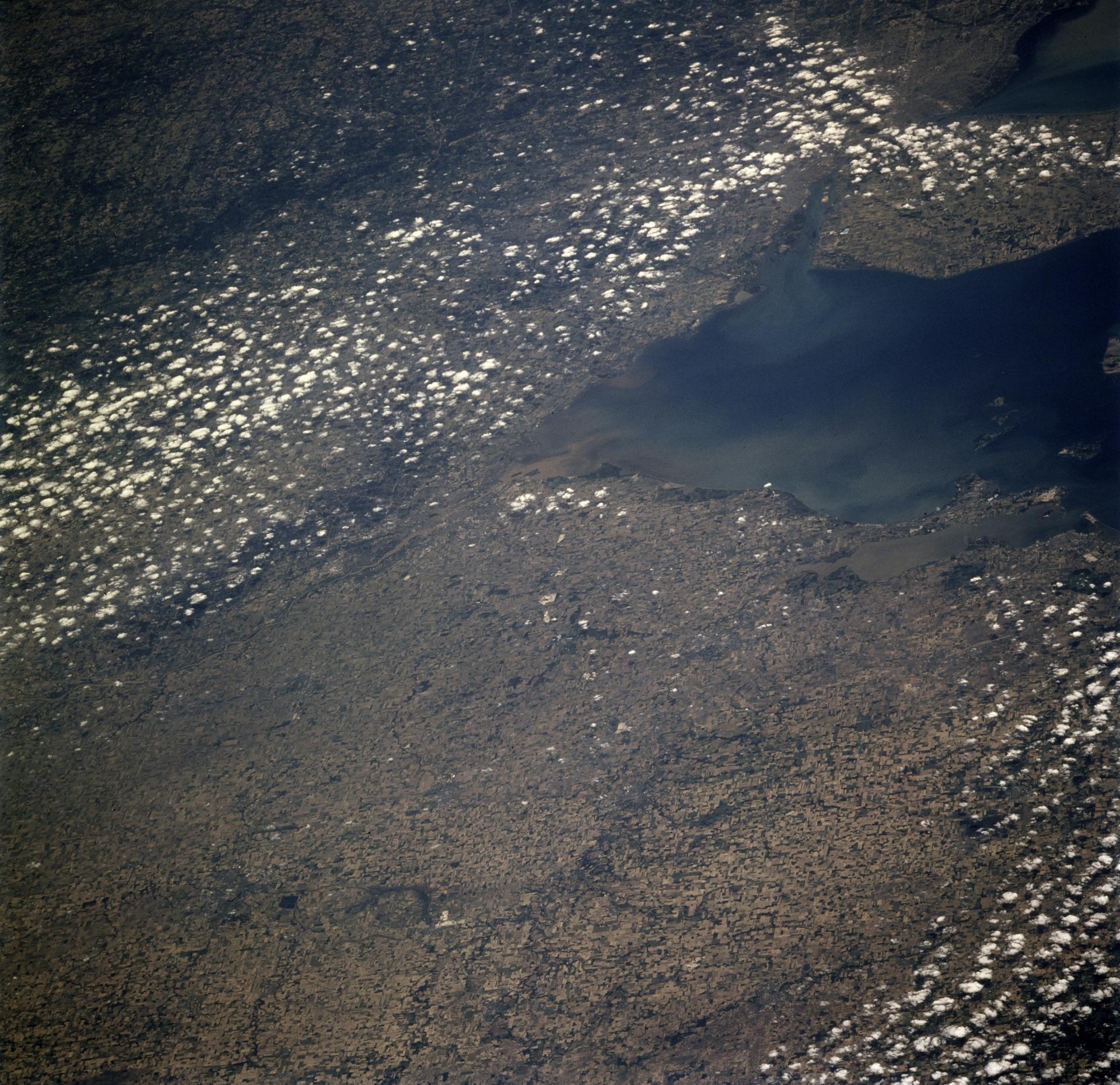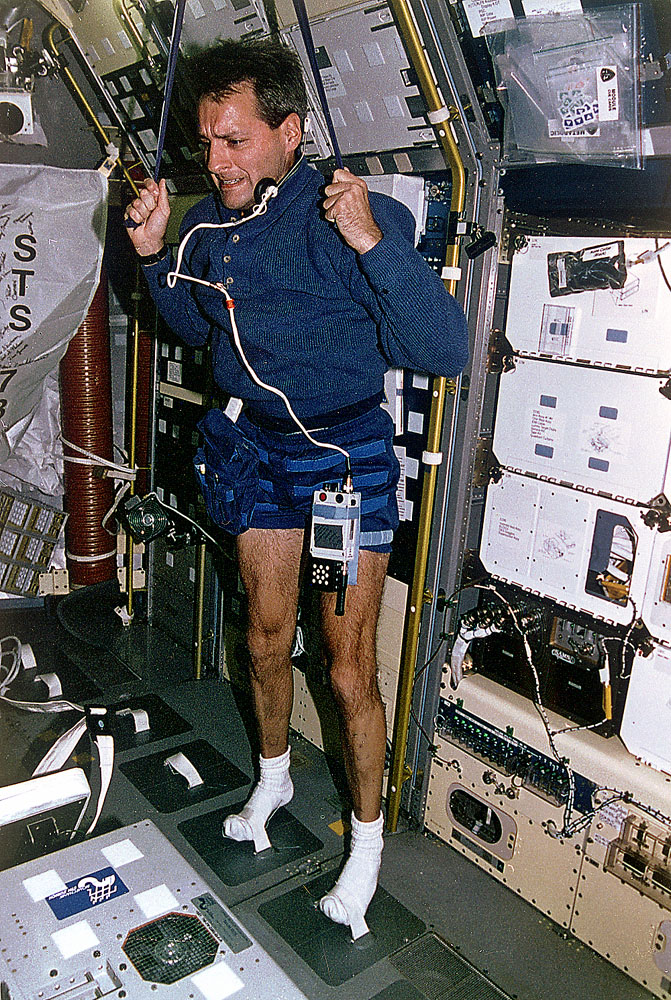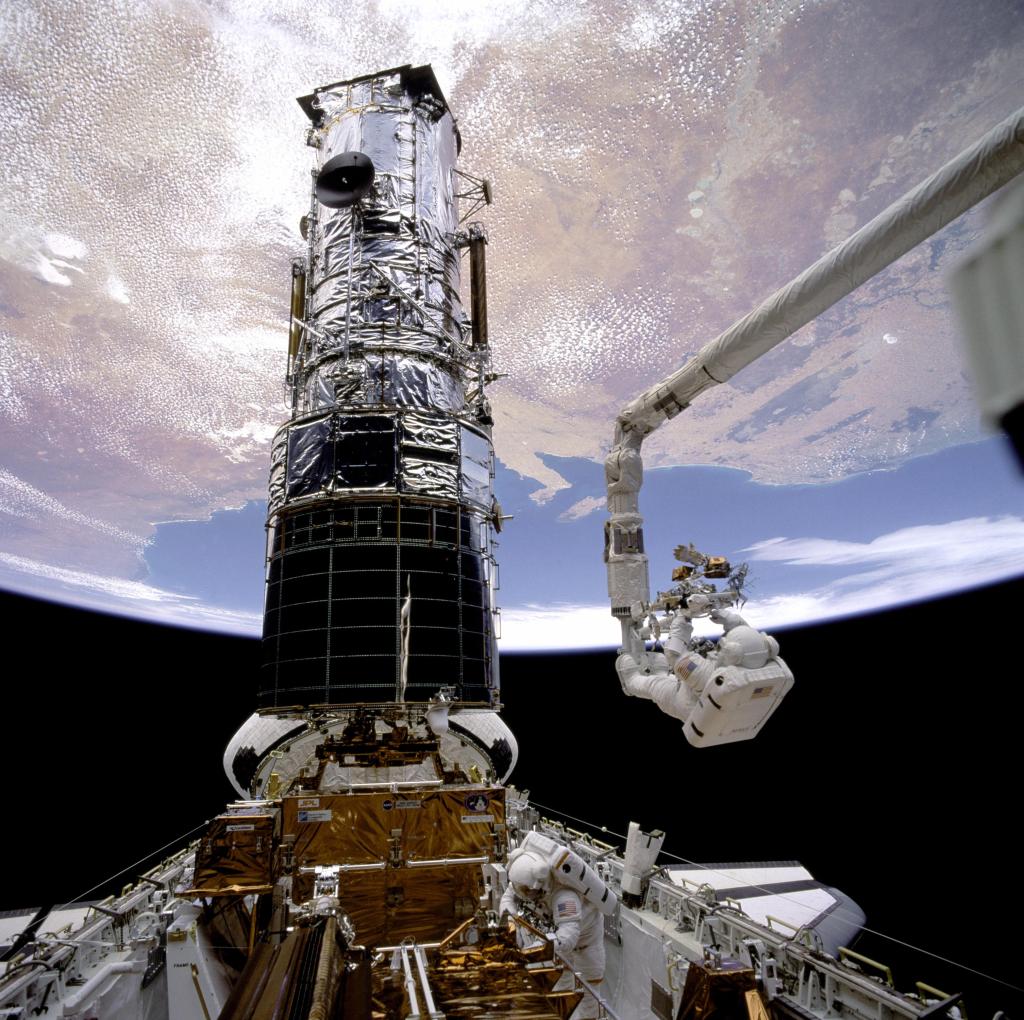
STS-78
Five space agencies (NASA/USA; European Space Agency/Europe; French Space Agency/France; Canadian Space Agency/Canada; and Italian Space Agency/Italy) and research scientists from 10 countries worked together on primary payload of STS-78, Life and Microgravity Spacelab (LMS).
Orbiter
mission duration
Launch
Landing

Mission Facts
Mission: LMS
Space Shuttle: Columbia
Launch Pad: 39B
Launched: June 20, 1996, 10:49:00 a.m. EDT
Landing Site: Kennedy Space Center, Florida
Landing: July 7, 1996, 8:36:45 a.m. EDT
Runway: 33
Rollout Distance: 9,339 feet
Rollout Time: 45 seconds
Revolution: 272
Mission Duration: 16 days, 21 hours, 47 minutes, 45 seconds
Orbit Altitude: 173 statute miles
Orbit Inclination: 39 degrees
Miles Traveled: 7 million
Crew
Terrence T. (Tom) Henricks, Commander
Kevin R. Kregel, Pilot
Jean-Jacques Favier, Payload Specialist
Richard M. Linnehan, Mission Specialist
Susan J. Helms, Payload Commander/Flight Engineer
Charles E. Brady, Jr., Mission Specialist
Robert B. Thirsk, Payload Specialist
Launch Highlights
Liftoff proceeded on time. In-cabin camera provided first video images from flight deck, beginning with crew ingress and continuing through main engine cutoff. Post-launch assessment of spent solid rocket boosters revealed hot gas path in motor field joints to, but not past capture feature O-ring. This marked first occurrence of combustion product penetration into the J-joint of redesigned solid rocket motor (RSRM). Flight safety was not compromised, and motor performance met design specification requirements. Probable cause attributed to new, more environmentally friendly adhesive and cleaning fluid.
Mission Highlights
Five space agencies (NASA, European Space Agency, Canadian Space Agency, and Italian Space Agency) and research scientists from 10 countries worked together on primary payload of STS-78, Life and Microgravity Spacelab (LMS). More than 40 experiments flown were grouped into two areas: life sciences, which included human physiology and space biology, and microgravity science, which included basic fluid physics investigations, advanced semiconductor and metal alloy materials processing, and medical research in protein crystal growth.
LMS investigations conducted via most extensive telescience to date. Investigators located at four remote European and four remote U.S. locations, similar to what will happen with International Space Station. Mission also made extensive use of video imaging to help crew members perform inflight maintenance procedures on experiment hardware.
Previous life science investigations have delved into what physiological changes take place in microgravity environment; integrated LMS experiments explored why these changes occur. Most extensive studies ever conducted on bone and muscle loss in space. STS-78 marked first time researchers collected muscle tissue biopsy samples both before and after flight. Crew members also were scheduled to undergo Magnetic Resonance Imaging (MRI) scans almost immediately after landing. Findings from comparison of the biopsy samples, along with various musculoskeletal tests conducted during mission, could lead to effective countermeasures to reduce inflight muscle atrophy.
Other life science investigations: First ever comprehensive study of sleep cycles, 24-hour circadian rhythms and task performance in microgravity. Spacecraft orbiting Earth pass through 16 sunrises and sunsets in single 24-hour period, which could disrupt normal body rhythms. During two 72-hour time blocks, crew members completed questionnaires and measured such functions as eye movement and muscle activity during sleep. In the Performance Assessment Work Station, crew members performed series of drills involving math problems and other mental tests to measure microgravity effects on cognitive, or thinking, skills.
Microgravity science investigations included Advanced Gradient Heating Facility, in which samples of pure aluminum containing zirconia particles were solidified. Could lead to more inexpensive ways to make mixtures of metals and ceramics, particularly useful to the metal casting industry. The Advanced Protein Crystallization Facility is first ever designed to use three methods for growing protein crystals. In Electrohydrodynamics of Liquid Bridges, which focused on changes that occur in a fluid bridge suspended between two electrodes. This research could finds applications in industrial processes where control of a liquid column or spray is used, including in ink-jet printing.
Crew performed in-flight fixes to problem hardware on the Bubble, Drop and Particle Unit (BDPU), designed to study fluid physics.
Orbiter itself played key part in test that could help raise Hubble Space Telescope to higher orbit in 1997 during second servicing mission. Columbia’s vernier Reaction Control System jets were gently pulsed to boost orbiter’s altitude without jarring payloads. Same exercise could be conducted with orbiter Discovery during Mission STS-82 to raise HST’s orbit without impacting its solar arrays.
No significant in-flight problems experienced with orbiter.
STS-78
Shuttle News
Retired Space Shuttle Locations
Shuttle Atlantis – Kennedy Space Center Visitor Complex Shuttle Discovery – Steven F. Udvar-Hazy Center Shuttle Endeavour – California Science…
Read the Story

























